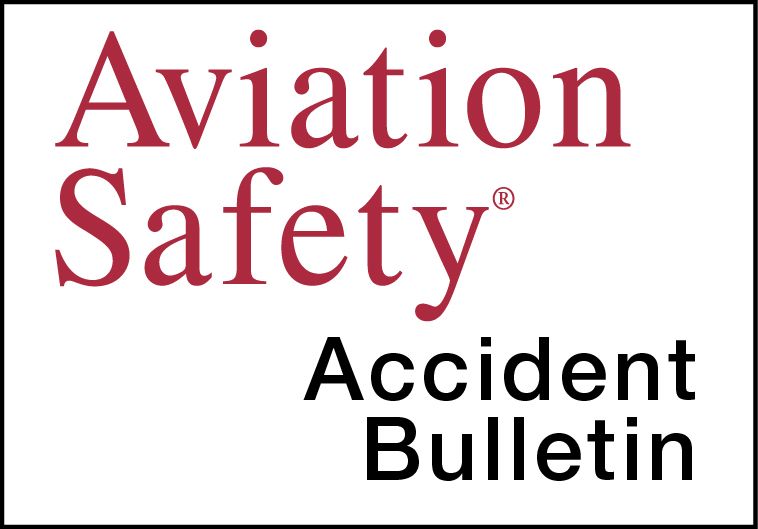AVweb’s General Aviation Accident Bulletin is taken from the pages of our sister publication, Aviation Safety magazine. All the reports listed here are preliminary and include only initial factual findings about crashes. You can learn more about the final probable cause on the NTSB’s website at www.ntsb.gov. Final reports appear about a year after the accident, although some take longer. Find out more about Aviation Safety at www.aviationsafetymagazine.com.
February 4, 2022, Olathe, Kan.
Piper PA-28R-201 Arrow III
The airplane was substantially damaged at about 1200 Central time during a forced landing shortly after takeoff. The pilot and passenger were not injured. Visual conditions prevailed.
The pilot had landed earlier in the day and added fuel. After departing, when the airplane was about 700 feet AGL, the engine stopped producing power. The pilot performed a forced landing to a field, damaging the airplane’s wings and fuselage.
February 7, 2022, Chemehuevi Valley, Calif.
Cessna 152
At about 1600 Pacific time, was substantially damaged when it departed the runway on takeoff and collided with a tree. The solo student pilot was not injured. Visual conditions prevailed.
The flight was the first time the pilot had flown solo, having just received an endorsement from his flight instructor earlier in the day. During the first solo landing, the airplane experienced a pronounced nose wheel shimmy after touchdown. He exited the runway and discussed the event with his flight instructor, then took off and flew uneventful takeoffs and landings. During his fifth takeoff, part of a touch-and-go, he pulled back on the yoke, but the airplane did not lift off. He released back pressure on the yoke and realized the airplane had veered to the left of the runway, where it collided with the tree.
February 10, 2022, Glendale, Ariz.
Dassault Aviation Mirage F1CR
The single-seat jet fighter was destroyed when its engine flamed out and the pilot ejected after reporting a loss of fuel pressure. The pilot sustained minor injuries. The airplane was operated as an aggressor in support of U.S. Air Force flight training. Visual conditions prevailed.
Near the completion of the briefed flight, the accident airplane’s pilot reported a fuel quantity discrepancy and decided to return to base. Shortly thereafter, engine flamed out. The pilot attempted a restart but was unsuccessful. He determined he could not make the intended runway and turned toward an uninhabited area before successfully ejecting from the airplane. Subsequently, the airplane struck desert terrain. There was no post-crash fire.
February 10, 2022, Lincoln, Neb.
Cirrus Design SR22T
At 2006 Central time, the airplane was substantially damaged when its pilot activated the airframe parachute following engine failure. The pilot and passenger were uninjured. Visual conditions prevailed.
While in cruise at 10,000 feet MSL, the pilot experienced a brief “stutter” of the engine, after which the engine began to run rough. After initiating a divert and beginning a descent, the pilot told ATC the engine had smoothed out, and he would like to continue the 40 NM to the planned destination at 6000 feet. Shortly, the engine’s #3 cylinder-head temperature dropped to 0 degrees F and, at 15 NM from the destination, the engine began to run rough again. The pilot began a descent. At about 2500 feet MSL, engine oil pressure rapidly decreased and, about six NM out, he told ATC he was unable to reach the runway. He located a field and deployed the airframe parachute.
This article originally appeared in the May 2022 issue of Aviation Safety magazine.
For more great content like this, subscribe to Aviation Safety!




































Student pilots should always be a full stop.